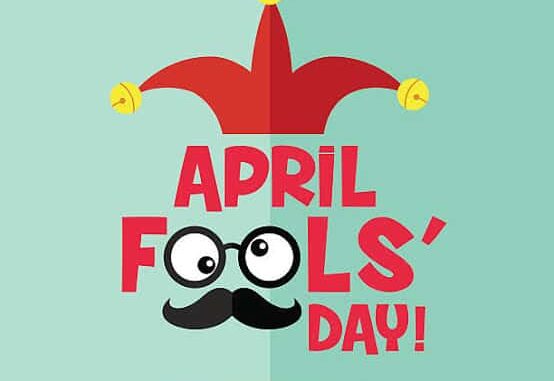
The origins of April Fools‘ Day, celebrated on April 1st each year, are somewhat murky, with various theories explaining how this tradition of pranking and jesting came to be.
Despite the unclear beginnings, the day has become synonymous with jokes, hoaxes, and lighthearted fun across many parts of the world.
Historical Background
One of the earliest theories of April Fools’ Day’s origins dates back to the 16th century when France switched from the Julian calendar to the Gregorian calendar, as called for by the Council of Trent in 1563.
In the Julian calendar, the new year began with the spring equinox around April 1st. However, with the adoption of the Gregorian calendar, the new year moved to January 1st.
Those who were slow to get the news forgot or outright refused to acknowledge the new start date for the new year, continuing to celebrate it during the week that fell between March 25th and April 1st.
These people became the butt of jokes and hoaxes. They were often referred to as “April fools.”
Evolution And Spread
The practice of April Fools’ pranks grew and spread throughout Europe over the centuries.
In Scotland, the tradition became a two-day event, starting with “hunting the gowk” (gowk is a word for cuckoo bird, a symbol for fool) in which people were sent on phoney errands.
This was followed by Tailie Day, which involved pranks played on people’s derrieres, such as pinning fake tails or “kick me” signs on them.
Literary References
Historical references to April Fools’ Day are also found in literature. For instance, English poet Geoffrey Chaucer’s “The Canterbury Tales” (1392) contains a story set on March 32nd, which is considered a humorous reference to April 1st.
In 1561, Flemish poet Eduard de Dene wrote of a nobleman who sent his servants on foolish errands on April 1st.
Modern Celebrations
In modern times, April Fools’ Day has been embraced widely across cultures, with media outlets, corporations, and individuals concocting elaborate hoaxes and practical jokes.
The day is marked by a general spirit of jest and merriment, from fake news stories and bogus product announcements to pranks played on friends and family members.
Controversies And Criticisms
While many enjoy the fun and humour of April Fools’ Day, it has also drawn criticism for sometimes going too far or spreading misinformation.
In the age of social media and instant communication, jokes can quickly spread and be mistaken for truth, leading to confusion and, in some cases, distress.
This has led to calls for more responsible celebrations of April Fools’ Day, focusing on ensuring that pranks are harmless and in good spirits.
April Fools’ Day, with its blend of history, tradition, and humour, continues to lighten the mood and bring people together through laughter.
Despite its uncertain origins, the day has carved out a niche in cultural traditions worldwide, embodying the universal value of humour and the joys of a well-played joke.

Leave a Reply